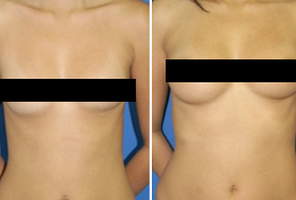More Facelift Surgery Information
Below are the basic steps followed during most types of facelift procedures:
- Anesthesia: Medications are administered for your comfort just before the surgical procedure by a licensed anesthesiologist. Choices include intravenous sedation and general anesthesia.
- Incision:Â A traditional facelift incision often begins in the hairline at the temples, continues around the ear and ends in the lower scalp. Â Fat may be sculpted or redistributed from the face, jowls and neck, and underlying tissue is repositioned, commonly the deeper layers of the face and the muscles are also lifted.
- Redraping: Skin is redraped over the uplifted contours and excess skin is trimmed away.  A second incision under the chin may be necessary to further improve an aging neck. Sutures or skin adhesives close the incisions.
- Incision Closure: The incision lines from a facelift are well concealed within the hairline and in the natural contours of the face and ear. The incisions are closed using special sutures (stitches) that are threaded underneath the skin to decrease visibility.  Additionally, surgeons often use adhesive strips to close incisions on the face to reduce scar formation.
- Seeing the Results: The visible improvements of a facelift appear as swelling and bruising subsides. Most plastic surgeons use sutures that gradually dissolve in tissue and that don’t require removal. Your final result should not only restore a more youthful and rested appearance, but also make you feel more confident about yourself.
This information is not a substitute for talking to your board certified licensed plastic surgeon regarding the steps performed during a facelift.
Â

